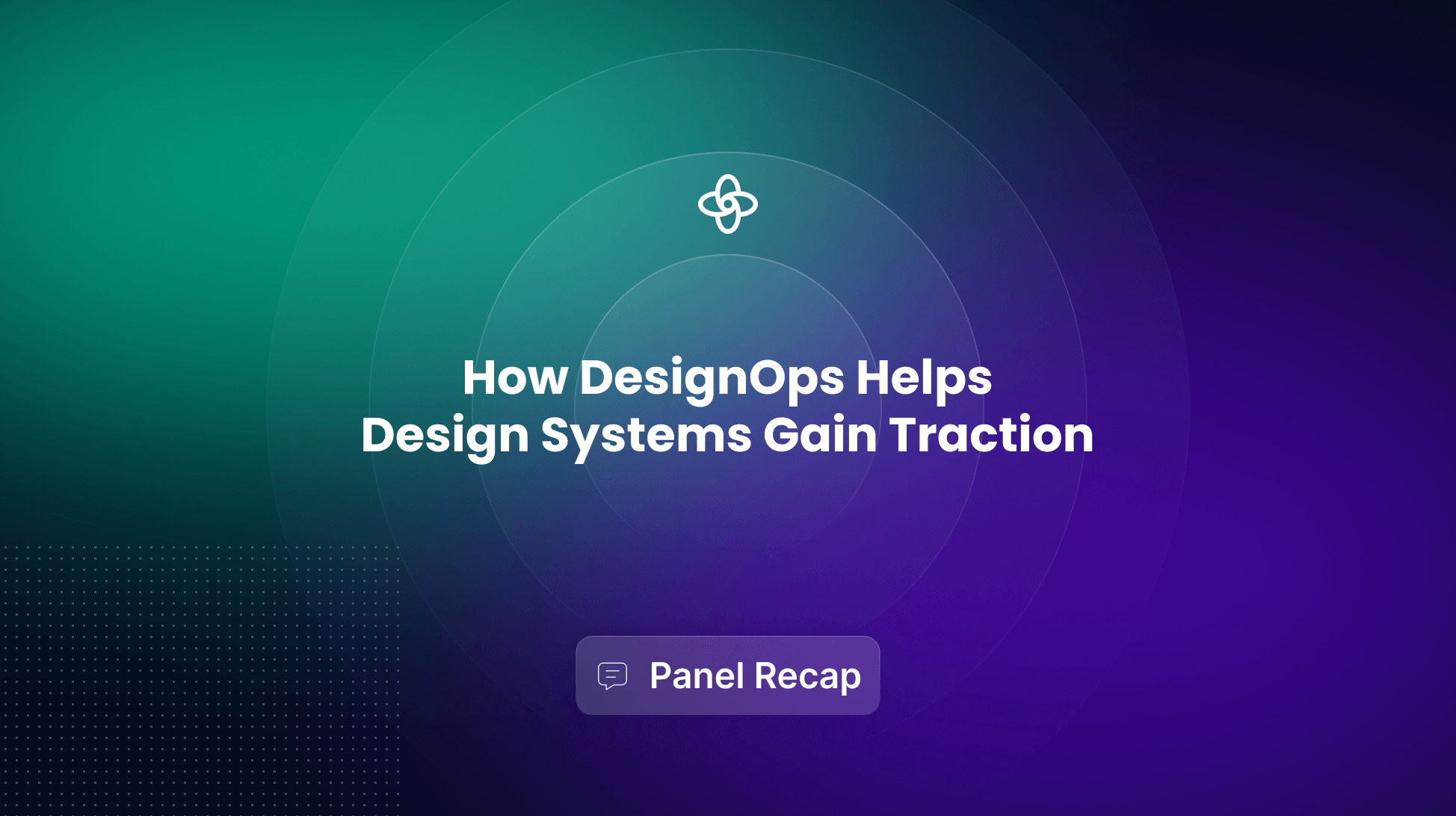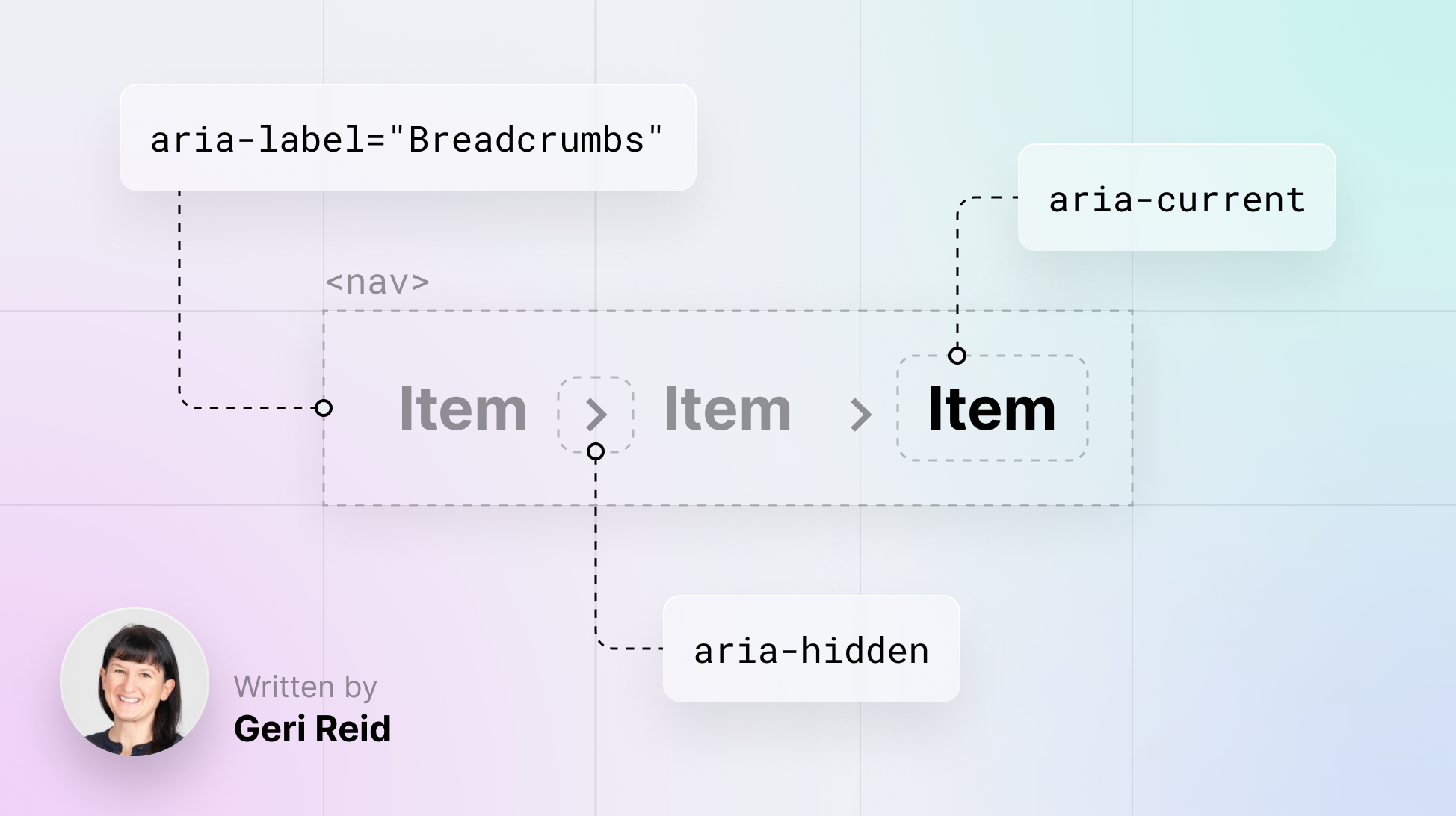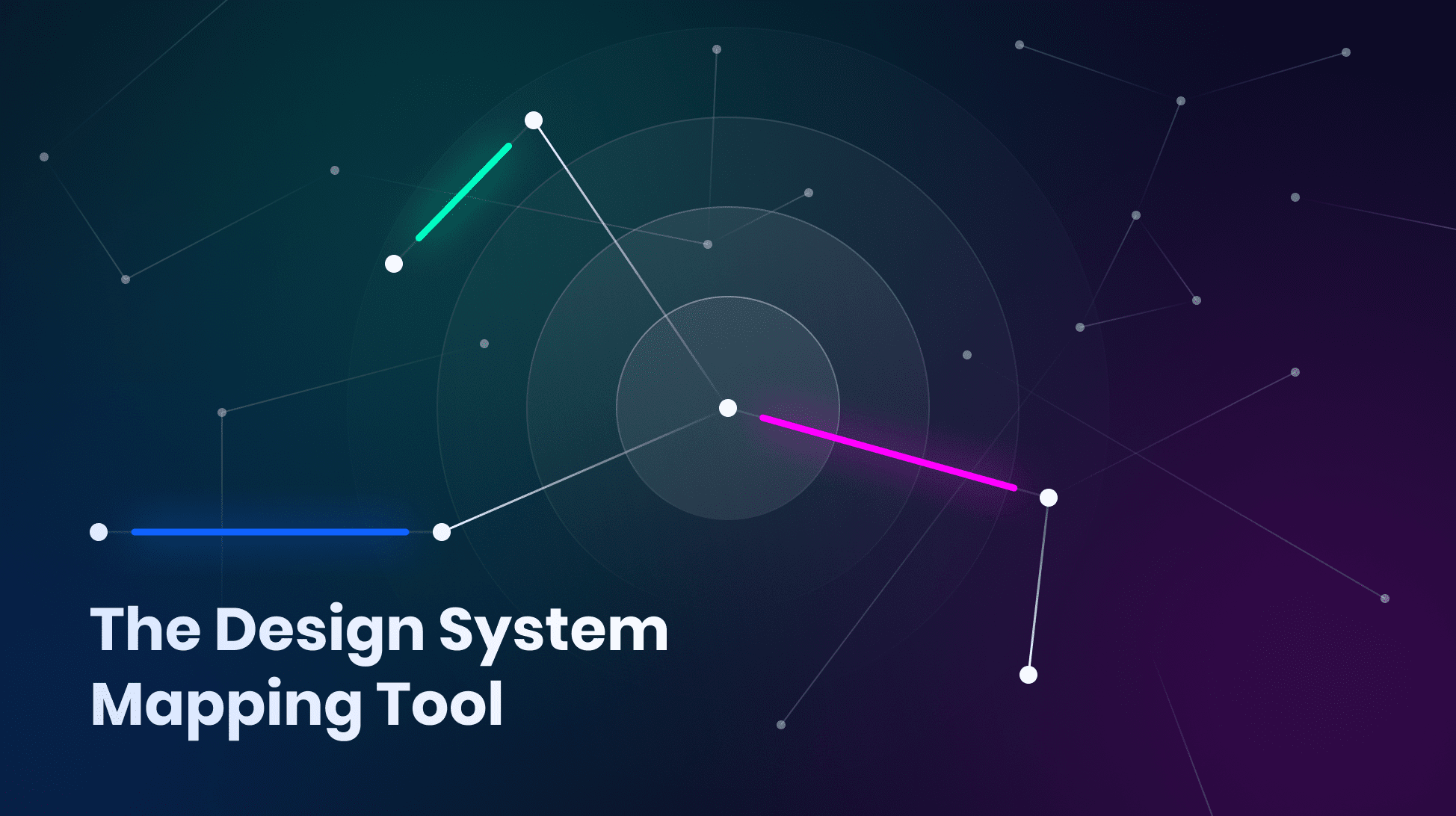The Role of DesignOps in Organizations: How Design Systems Gain Traction
Discover how DesignOps helps drive the adoption of design systems. Our latest blog recaps expert insights from a recent panel discussion.

.png)
Design systems are becoming increasingly important in today's digital landscape. They help teams create more cohesive and consistent designs, leading to better user experiences. However, creating and implementing a design system can be a challenging process. This is where DesignOps comes in.
In our recent panel discussion, we invited leading industry experts Jose Coronado, Head of DesignOps at JPMorgan; Patrizia Bertini, a DesignOps leader and consultant; Karolina Boremalm, Global Head of Design Operations at IKEA, and Supernova's very own Chief Product Officer Andy Evans to share their insights into how DesignOps can help design systems gain traction. In this article, we've pulled together the main takeaways from the panel.
What is DesignOps?
DesignOps can have a broad meaning; it was important to align on what exactly the discipline entails. Our panelists defined DesignOps as a transformative and transformational discipline that focuses on changing how organizations and teams work. It's primarily about change management and involves understanding the context, measuring and quantifying the status quo, and bringing in innovations that build business value and make designers happy. The goal is to transform the current reality into a better one that delivers value for the customer, business, designers, and leadership.
“DesignOps focuses on change management design”
Challenges that face DesignOps and design systems teams
Building up DesignOps and design systems teams within companies can be challenging, which affects the adoption and success of design systems and principles. These challenges include budget limitations, consistency, adoption, internal political issues, context lists core, and the time, resources, and money required to build a design system. The panelists discussed how DesignOps and design systems teams could overcome these challenges:
- Tackle low-hanging fruit to show the value of investing in the design system.
- Multiple teams might be tackling the same problem.
- It's important to differentiate between makers and enablers.
- Design program managers can enable design systems and help make connections with stakeholders and product teams.
How DesignOps and design systems work together
DesignOps and design system teams are not always part of the same program. However, design system work can show value in other operational areas. Karolina described how Ikea's Design System and Design Operations teams operate under one program but are still separate teams with different methodologies. The Design System team started within DesignOps and was asked to consolidate the systems and create a global design system for Ikea's digital products. As they progressed, they realized that many other areas, such as training and processes, needed support. She emphasized that the different teams must work towards greater cohesion and consistency as they see the value of design operations within design systems.
Driving adoption to your design system with DesignOps
Organizations must start treating design systems as a product with a PM, engineer, and classic triad to prove their value and benefit. DesignOps can help drive adoption through visibility and data, as well as articulating the impact of the design system. This could also be done with basic communication strategies to promote and maintain the design system, including monthly newsletters, spotlighting the design system during critiques, and hosting office hours for collaboration. Metrics also play a key role in communicating the impact and usage of the design system. Calculating the cost savings from using components or tokens and measuring the time it takes to make updates can go a long way to convincing stakeholders of the value of design systems.
How design systems might evolve
The future of design systems is bright; the panelists discussed how design systems might evolve in the future with the emergence of exciting technologies and advancements in AI. The panel highlighted the growth potential for multi-branded design systems. Design systems can truly encompass different products, themes, and brands within a single system, which would greatly improve consistency and efficiency across the board.
They also discussed the potential impact of AI on design systems. With the continuously growing potential of AI, the panel agreed that it could be used to augment and improve the design systems process; some examples listed were using AI for documentation, improving tagging systems for better search experiences, co-pilot experiences, rapid A/B testing, automation, and prompts management.
Main takeaways
The panelists discussed their main takeaways from the discussion, including:
- The importance of change management, executive sponsorship, communication, and transparency.
- There is not one t-shirt that suits all, as company size, maturity, skills, culture, and partnerships all play a role in the success of DesignOps and design systems. The level of maturity is important.
- Creating an open environment for people to collaborate and contribute is crucial.
- Clear communication channels are essential to success.
We hope you found these insights useful, and if you want even more insights or details, be sure to check out the full panel discussion recording. Also, feel free to share with us on Twitter any questions you might have and we'll get back to you with more details.


%20(1).png)
